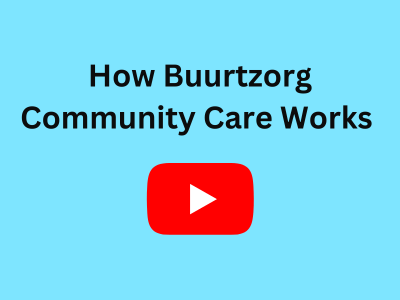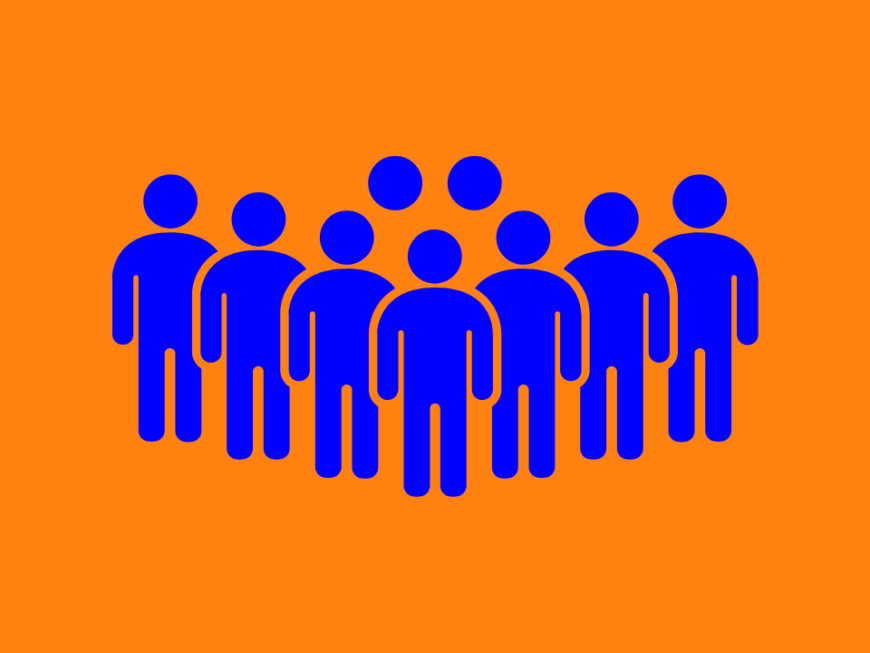Malcolm Gladwell’s theory of cockpit culture suggests that Korean Air Flight 801 didn’t crash and kill hundreds of people because of poor planes or crew training, but hierarchy:
In Korean culture, the theory goes, one complies with elders and superiors. When that means a junior pilot not questioning the call of a senior one, the results can be deadly.
No matter what you think of the theory, my mind connected cockpit culture and care:
Though we Americans aren’t generally the most deferential creatures, countless U.S. workers must comply with mind-bending business policies and procedures.
Or, our business culture has put care on a deadly crash course, and we’re seeing the signs:
Care professionals are quitting in droves and even taking their own lives.
A 2018 article reported that physicians had the highest suicide rate of any profession, with female physicians having a “completion rate” 2.5 to 4X the general population.1
A more recent report says that 1 in 10 physicians have contemplated suicide, but most don’t seek professional help.2
And the story with nurses is no better: they too “are at an alarmingly high risk for serious mental health threats and deaths by suicide.”3
On top of all that, one analysis explains that if trends don’t change, the U.S. could see a shortage of 3.2 million healthcare workers within five years.4
UNLESS…
Unless we embrace models that work for workers.
In the years that I’ve been a family caregiver, I’ve quizzed many care workers about their jobs. Once, one aide practically shouted, “We’re killing our cars!” (and energy and morale thanks to scheduling that makes them drive a crazy number of miles on home care rounds).
I said, “YEAH!” to the car comment and shared my vision of care teams assigned to specific neighborhoods. Every aide I’ve discussed this with thought it was a damned good idea.
And there’s a model for it, I discovered, out of Holland called Buurtzorg.
Buurtzorg, which means neighbor care, has no traditional hierarchy but consists of a network of small self-managing teams of nurses. It’s scaled from 4 nurses to over 11,000 with no planning, HR or marketing departments. And NO MANAGERS.
Here’s a short explainer video:

Buurtzorg reportedly enjoys the highest client satisfaction rate (up 30%) of any home care organization in the Netherlands. Staff absenteeism is down 33% compared to others, and staff turnover and overhead costs are down 50% and 67%, respectively.
And patients recover faster.
And families no doubt breathe easier.
Most care happens in the home. And if you know my story, you’ll know that I became a caregiver to guard my parents against bad situations when their care aides didn’t show.
53 million Americans 18+ are caregivers. 2 in 10 employed family caregivers are forced to leave their jobs. 4 in 10 are forced to go part-time.5 So beyond improving quality of life for care workers and patients, home care that works is good for all workers and the economy.
P.S. Thought I’d share this recent discovery: Self-Management Failed, Now What?
References:
1: Physician suicide rate
2: Physician contemplating suicide
3: Suicide among nurses
4: Healthcare labor shortage
5: Working caregivers


Published by